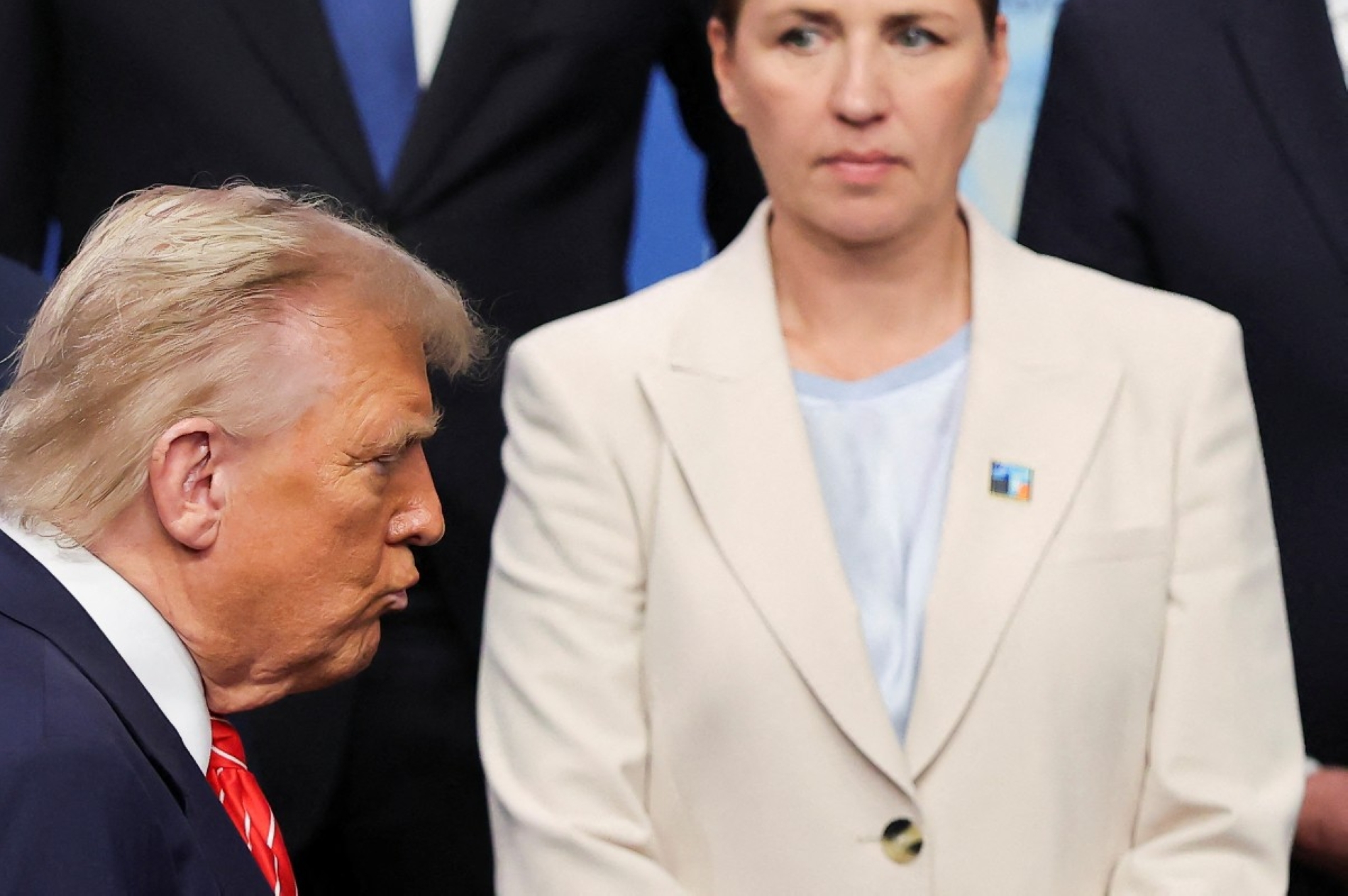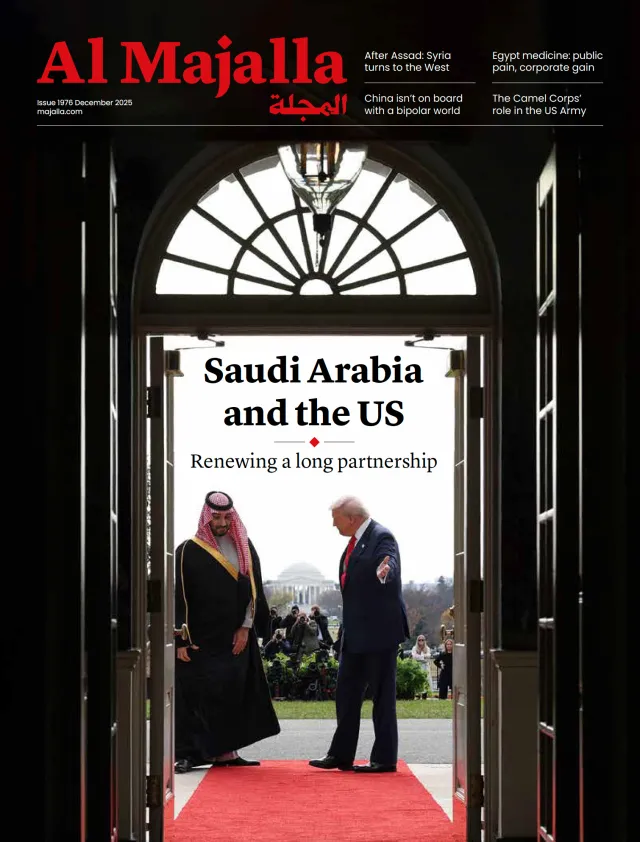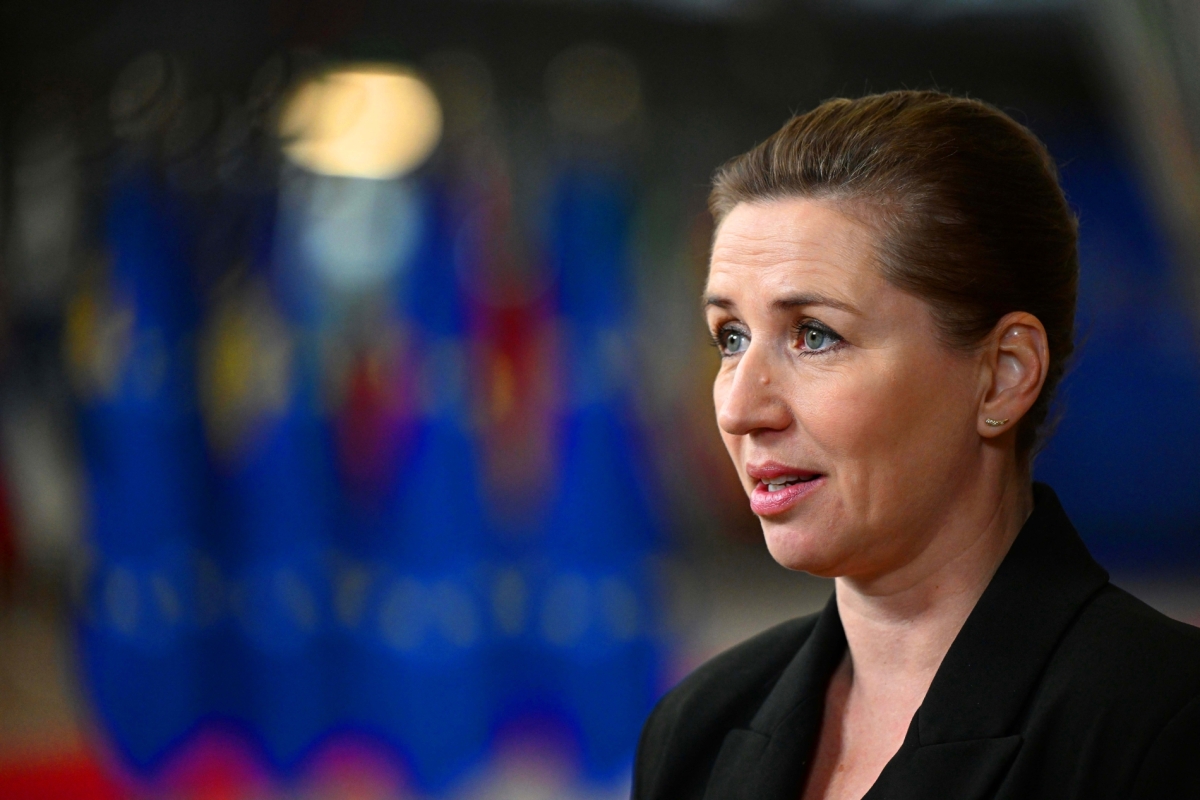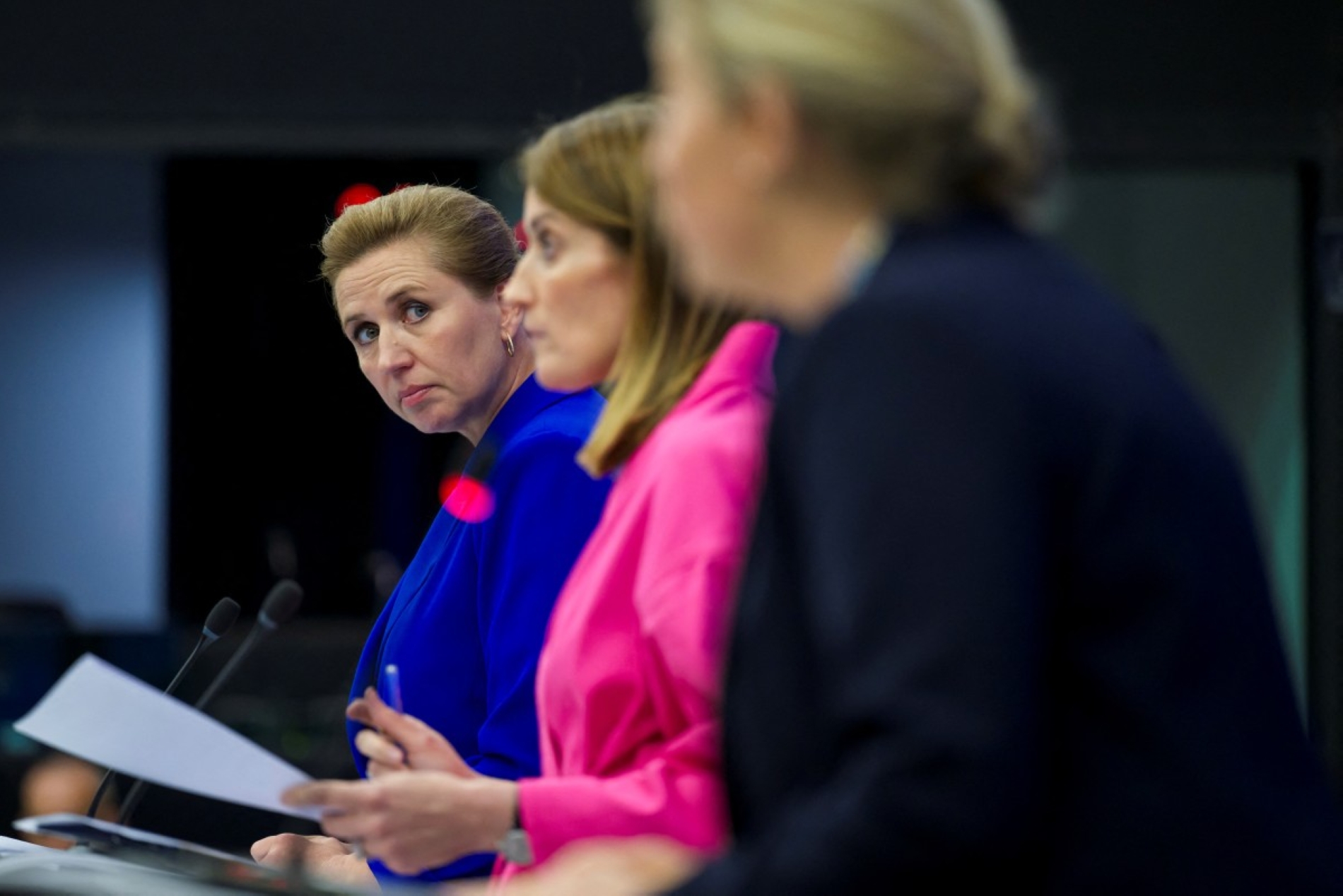When the Kingdom of Denmark took over the rotating presidency of the EU Council on 1 July, its Prime Minister Mette Frederiksen was honest and open, saying the bloc faced its greatest international challenges since the 1940s. Yet geopolitical and economic competition, alongside rising levels of conflict, are not the only issues she has to contend with.
Earlier this year, US President Donald Trump alarmed Europe when he refused to rule out using military force or economic coercion to seize Greenland, the semi-autonomous territory that is part of Denmark. Citing “national security and international security,” he said: “I think we’re going to have it... I don’t really know what claim Denmark has to it, but it would be a very unfriendly act if they didn’t allow that to happen because it’s for the protection of the free world.”
This pitch has so far failed to convince Greenland’s 56,000 citizens, most of whom oppose being part of the US, according to opinion polls. The recent elections yielded a four-party coalition government in defence of self-determination. Yet this has not put the White House off. Its budget office is currently assessing both the cost of running Greenland and the revenue that could be earned from its natural resources.

One option is to offer Greenland higher subsidies, approximately £500mn a year more than Denmark currently does. Denmark, in the meantime, is rolling out a new $2.25bn plan to boost its military presence in the Arctic and North Atlantic regions. While it may be one of the smallest countries in Europe, it is also one of the richest.
Pressure to respond
Ever since Greenland became the subject of repeated threats from Trump, all eyes have been on how the Danes would react. In particular, analysts have wanted to see Frederiksen would stand up for her country. She took office in Denmark in 2019 as the second woman and youngest person ever to be Danish prime minister. Yet while Trump’s expansionist threat over Greenland remains, the prospect of military intervention remains improbable.













